✓ Joining us on our Whatsapp Channel: 💬 Explore and Escape!.
Booking through us:
✓ 🏩 🛌 Handpicked Luxury Stays in Budget: Booking.com | Agoda.com
✓ 🍹⛱️ Deals on Private xfers, SIM Cards, City tours, Day trips : 📍🗺️ GetYourGuide | 🛵🧳 Klook
com/landmarks/oceania-landmarks/landmarks-of-australia/”>landmarks in South America to see, with Guyana sharing quite a few of those!
Guyana’s landmarks stand tall like sentinels of the country’s rich history and cultural heritage, each one a unique symbol of its people’s resilience and triumphs.
1. Kaieteur Falls
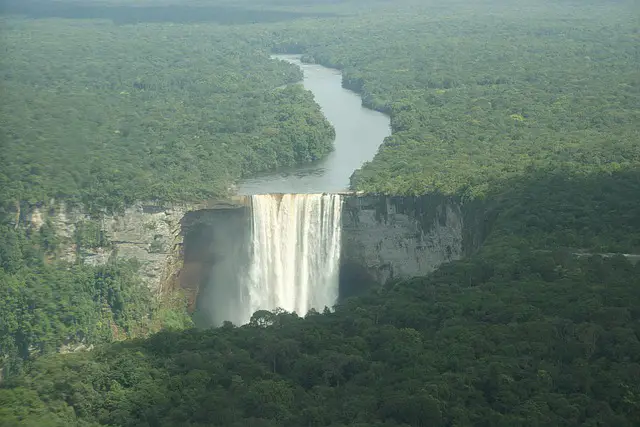
Kaieteur Falls is a breathtakingly beautiful waterfall located in Guyana, South America. It is one of the tallest single-drop waterfalls in the world.
What to see or do: Marvel at the colossal power of nature as you witness the thunderous cascade of water dropping from a height of 741 feet into the gorge below.
Take in the sweeping views of the surrounding jungle landscape and the Potaro River.
Take a hike along the many trails that wind throughout the area, and learn more about Guyana’s diverse flora and fauna.
Don’t miss: Take a scenic flight over the falls, which offers unforgettable views of the waterfall from an aerial perspective.
Stand on the newly built Kaieteur Suspension Bridge, which provides stunning views of the waterfall, and the dense jungle landscape below.
Insider travel tips: The best time to visit Kaieteur Falls is during the rainy season from May to August when the falls are at their most spectacular.
However, the wet conditions may make the trails slippery and more challenging to navigate.
2. Georgetown’s St. George’s Cathedral

St. George’s Cathedral is a historic Anglican church located in Georgetown, Guyana.
What to see or do: Admire the impressive Gothic architecture, the stained glass windows, and the beautiful interior decor. Attend a Sunday service to hear the magnificent four-manual Henry Willis organ being played.
Don’t miss: The chance to climb the octagonal cast-iron bell tower and enjoy panoramic views of Georgetown.
Insider travel tips: Check the schedule of organ recitals or choir performances to experience the cathedral’s acoustics at their best. Dress conservatively when visiting, as it is an active place of worship.
Beware of pickpockets and petty crime in the surrounding area, especially at night.
3. Iwokrama Forest Reserve
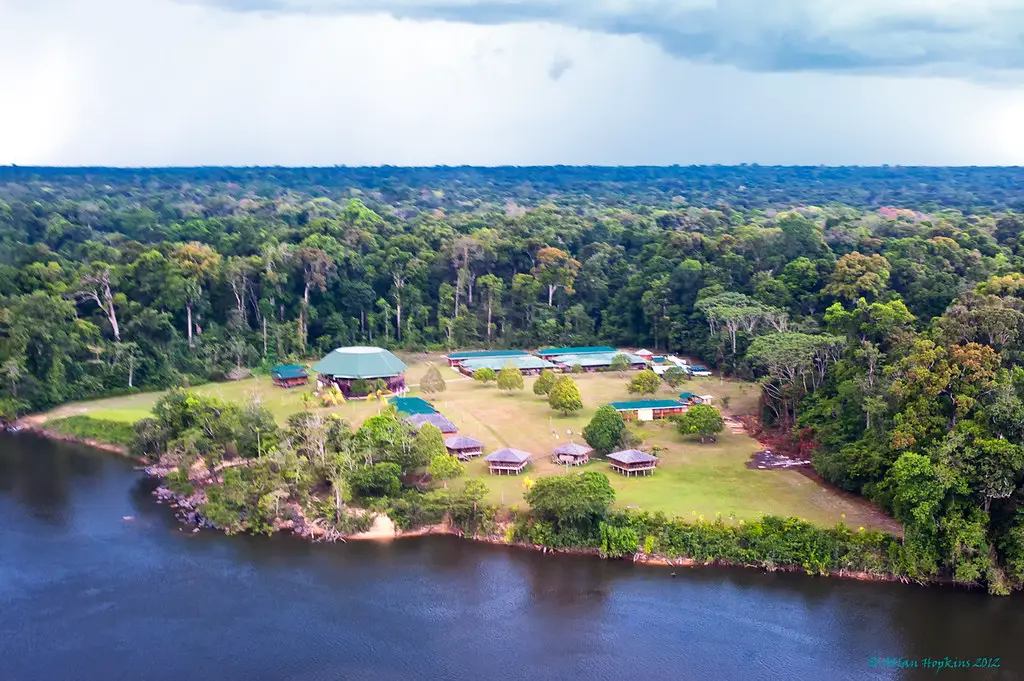
Iwokrama Forest Reserve is a vast protected area of dense rainforest covering over 3,700 square kilometers in central Guyana.
What to see or do: The Reserve is a haven for nature lovers and adventure-seekers alike. Visitors can explore the pristine forest on foot, by boat or 4×4 safari.
Keep an eye out for jaguars, giant otters, tapirs, and over 500 species of birds.
Don’t miss: A must-see is the remarkable canopy walkway, which is situated 30 meters above the forest floor and stretches over 500 meters long.
This attraction is a unique opportunity to witness the forest’s incredible biodiversity from a bird’s eye view.
Insider travel tips: – Visit during the dry season (February – April) for the best chances to see wildlife congregating around water sources.
4. Fort Zeelandia
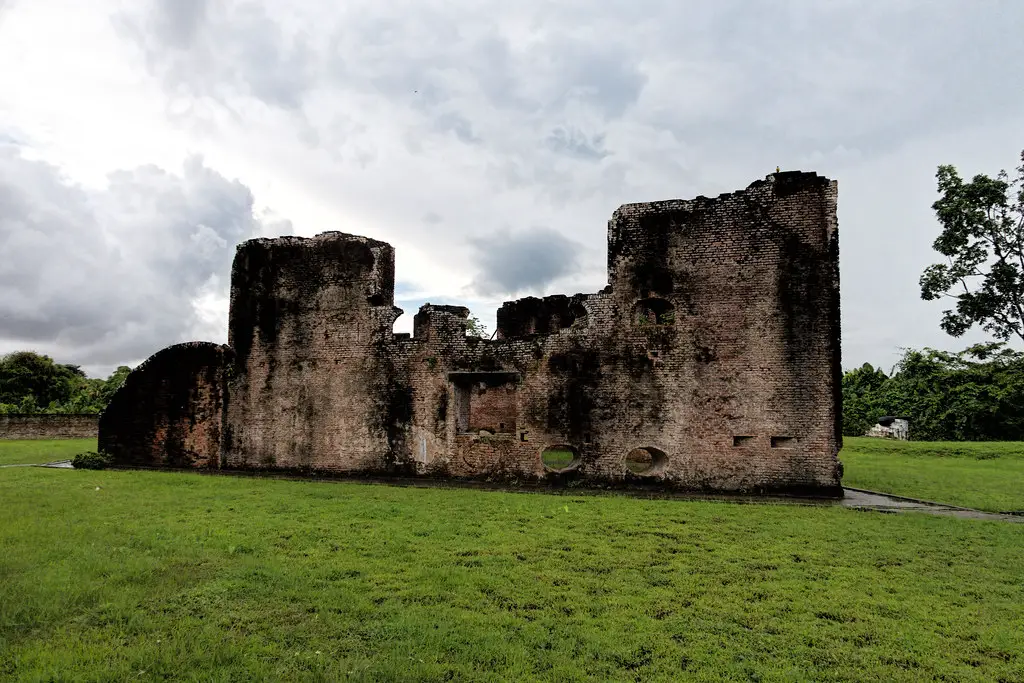
Fort Zeelandia is a historic Dutch fort located in Fort Island, Essequibo River, Guyana.
What to see or do: Visitors can explore the fort and learn about its rich history from the informative plaques stationed around the site. The fort includes a museum filled with artifacts and exhibits detailing the Dutch colonization of Guyana.
Don’t miss: The stunning views of the Essequibo River from the top of the fort. The fort’s architecture is also a sight to behold, having survived numerous wars and natural disasters.
Insider travel tips: Make sure to go on a guided tour to fully appreciate the historical significance of this site.
Keep in mind that the weather can be quite hot and humid, so it’s best to dress accordingly and bring plenty of water.
5. Stabroek Market – Georgetown
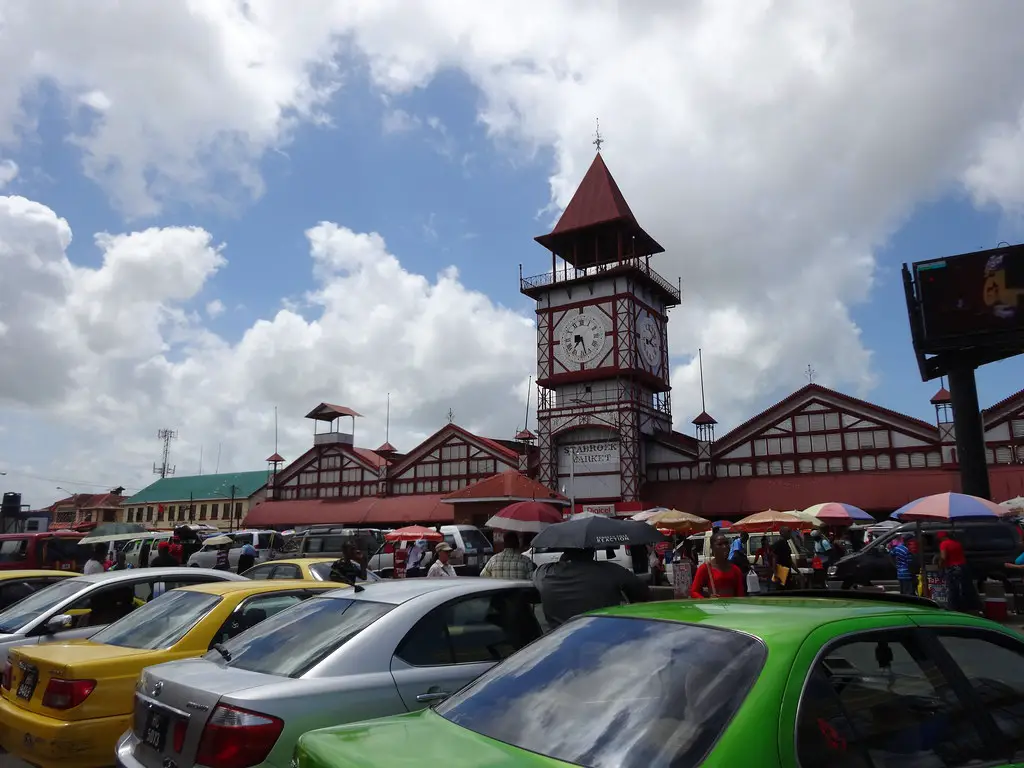
Stabroek Market is a historic indoor bazaar in Georgetown, Guyana’s capital city.
What to see or do: Visitors can explore the bustling market and browse a variety of vendors selling produce, spices, clothing, and handmade crafts. The market is particularly famous for its fresh seafood selection, including lobster, shrimp, and fish.
Don’t miss: Be sure to check out the iconic clock tower in the center of the market, which was first erected in 188The market is also home to various food stalls where you can try traditional Guyanese dishes like pepper pot and roti.
Insider travel tips: The market can be overwhelming, so it’s recommended to arrive early to beat the crowds. It’s important to keep an eye on your belongings and be cautious of pickpockets.
Bargaining is accepted and expected, so be prepared to negotiate prices with vendors.
6. Shell Beach
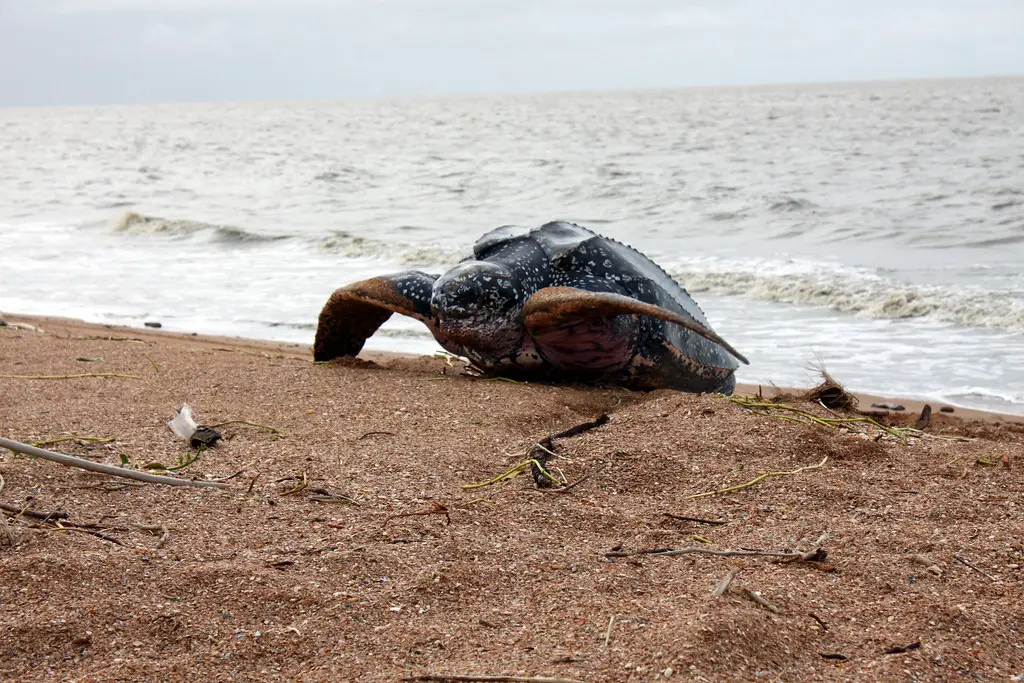
Shell Beach is a remote and stunningly beautiful stretch of coastline located in the Pomeroon-Supenaam region of Guyana.
What to see or do: Visitors can enjoy miles of pristine white sand beaches, crystal-clear waters, and an abundance of wildlife including sea turtles and giant otters.
The area is also home to a thriving Amerindian community, offering a unique opportunity to experience their way of life.
Don’t miss: Be sure to witness the amazing sight of sea turtles nesting during their breeding season between March and August. Visitors can also take a boat ride through the mangrove-lined waterways to spot rare and exotic bird species.
Insider travel tips: – Be prepared for an adventurous journey to reach Shell Beach, as it is only accessible by boat or small aircraft.
7. Mount Roraima
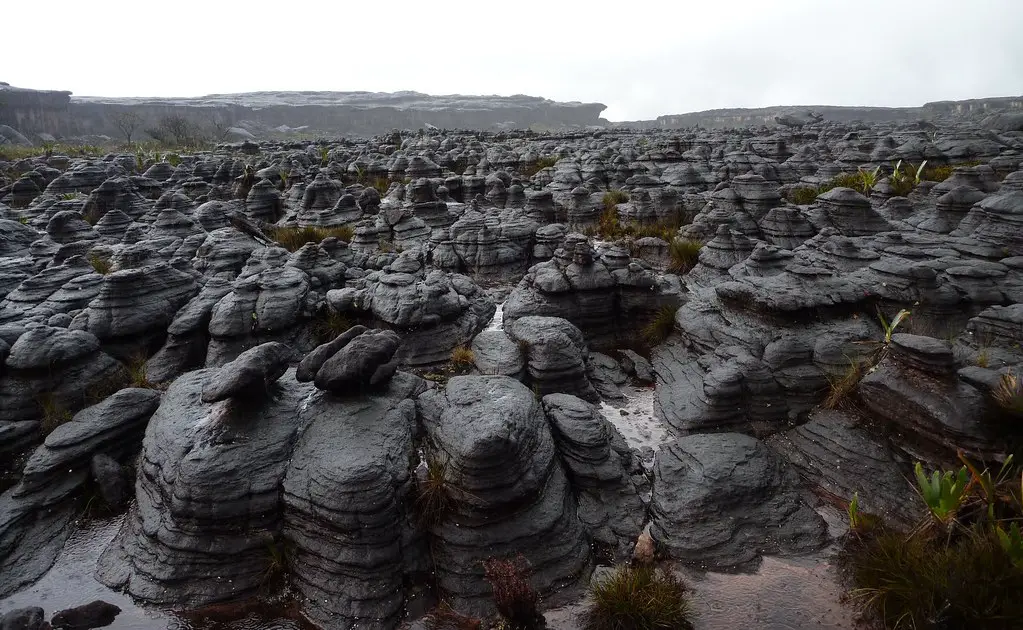
Mount Roraima is a tabletop mountain that sits at the border of Guyana, Venezuela, and Brazil. It’s considered one of the oldest geological formations on our planet with a unique ecosystem of plants and animals.
What to see or do: Hike to the top of Mount Roraima and explore the unique flora and fauna, including carnivorous pitcher plants, orchids, and bromeliads.
You’ll also see amazing natural sites like crystal-clear rivers, waterfalls, and incredible views over the edge of the mountain.
Don’t miss: Witness the stunning sunsets and sunrises from the top of Mount Roraima, which make for an unforgettable experience.
And don’t forget to take a dip in the natural pool, Jacuzzi, or waterfall of “Maverick Rock” located near the summit.
Insider travel tips: Be prepared for unpredictable weather conditions and bring sturdy hiking shoes and warm clothing.
Consider hiring a guide to help navigate the complex trail and to provide insightful information about the local flora and fauna.
Additionally, make sure to carry plenty of water and snacks as you will be hiking for a few days to reach the summit.
8. Essequibo River
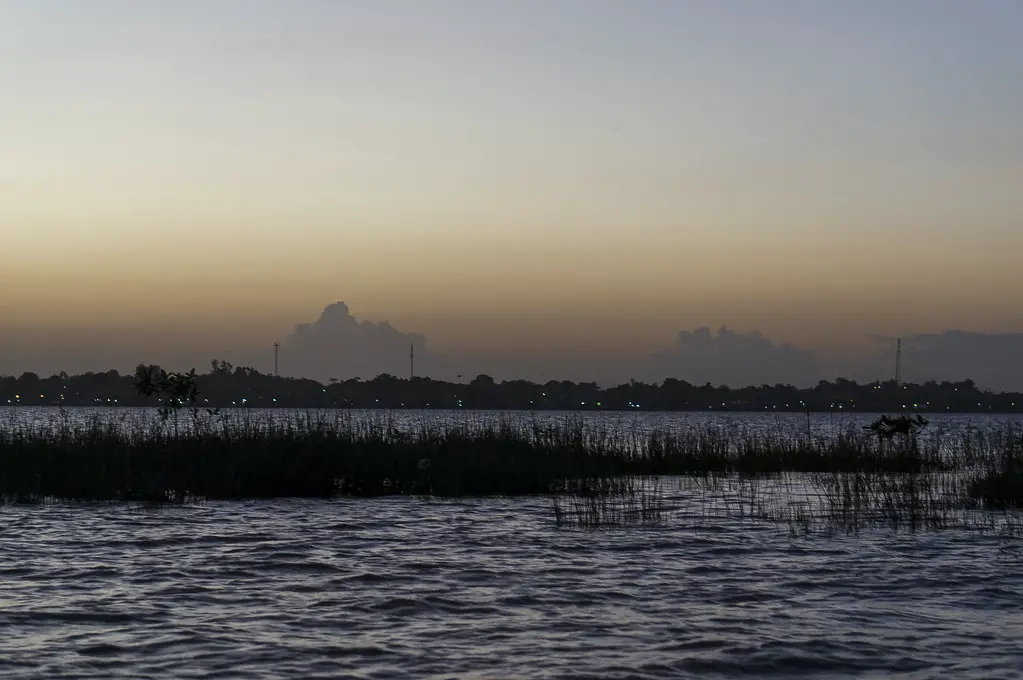
A massive river in Guyana that stretches a distance of over 1,000 miles, making it the longest in the country.
What to see or do: Take a boat tour along the river to enjoy the stunning views of the lush rainforest and wildlife. You can also take a dip in the river or go fishing for piranhas.
Don’t miss: Visiting the Kaieteur Falls, a majestic waterfall that is five times higher than Niagara Falls and a must-see attraction in the region.
Insider travel tips: Make sure to bring plenty of bug spray as the area is known for its mosquitoes. Also, try to visit during the dry season (February to April) for the best weather conditions and clear water.
9. Cuyuni River

Cuyuni River is a major river in Guyana and is a popular destination for tourists and adventure seekers.
What to see or do: Visitors can indulge in a variety of activities such as fishing, kayaking, and swimming in the river. The nearby rainforest offers excellent opportunities for bird watching and jungle trekking.
You can also visit the historic El Dorado site and learn about the local culture and history.
Don’t miss: Make sure to visit the Kaieteur Falls, one of the world’s most powerful waterfalls, located in the Cuyuni-Mazaruni region. It is a breathtaking sight that you shouldn’t miss.
Insider travel tips: – The best time to visit is during the dry season (February-June) when the water levels are low and the climate is pleasant.
10. Kanuku Mountains
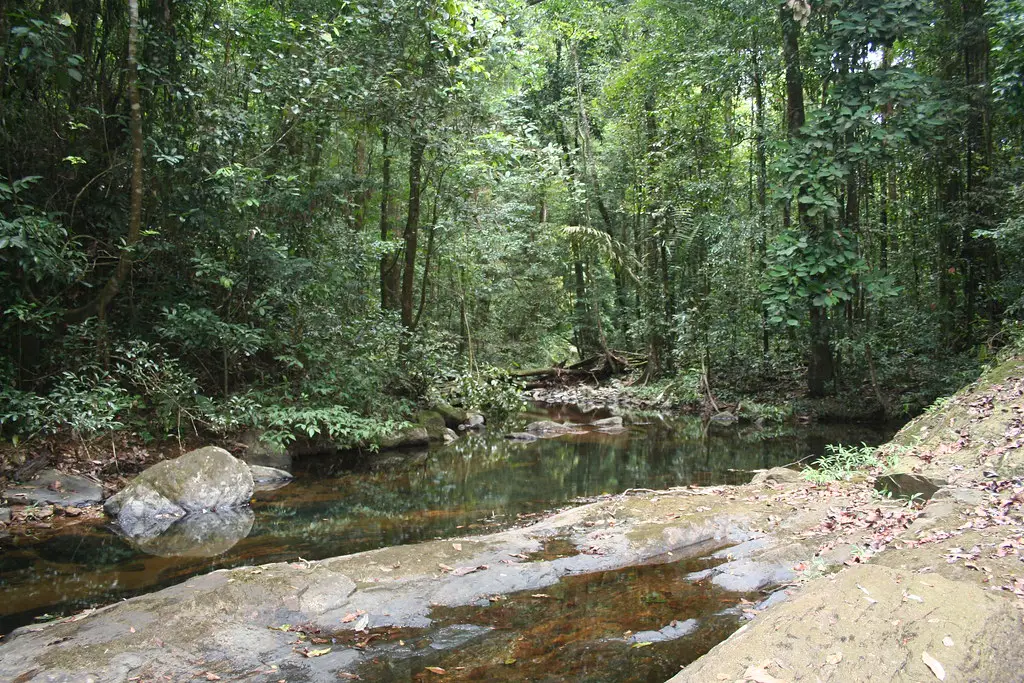
A mountain range in the interior region of Guyana, South America.
What to see or do: – Explore the rich biodiversity of the rainforest with guided hikes and birdwatching tours.
Don’t miss: – Climbing the top of the mountains for a breathtaking view of the surrounding rainforest.
Insider travel tips: – Prepare for the tropical climate, bring mosquito repellent and light, breathable clothes.
11. Georgetown’s City Hall
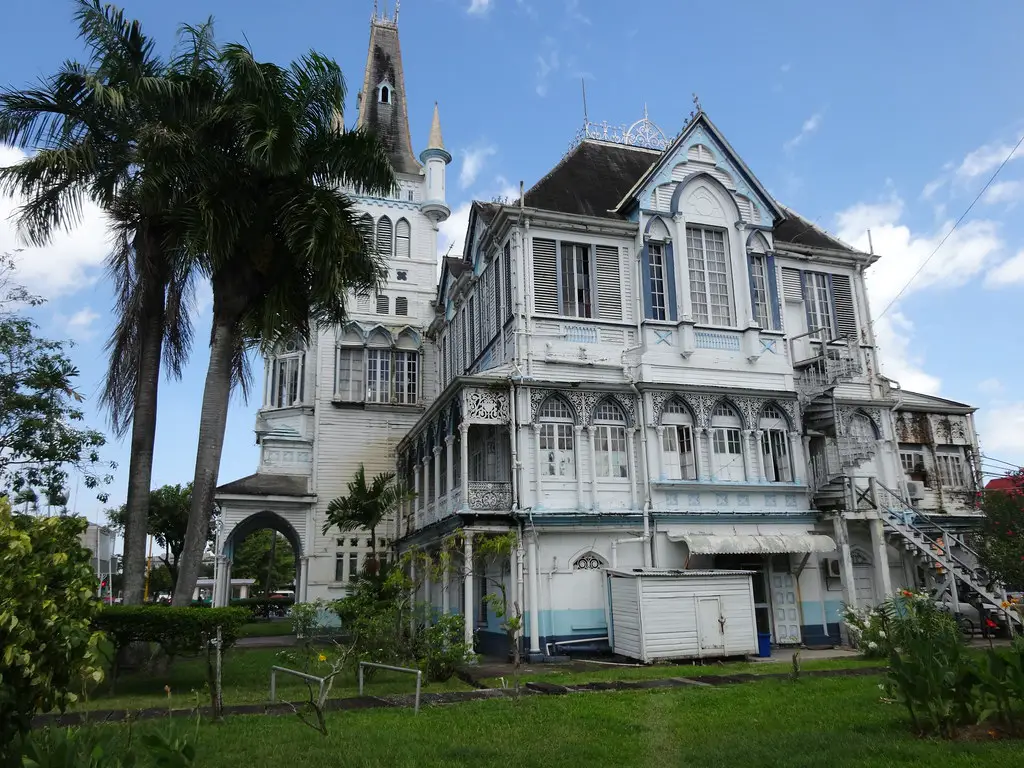
Georgetown’s City Hall is a historic landmark and the seat of Georgetown’s municipal government in Guyana.
What to see or do: The striking Gothic-style architecture is a major attraction, as is the clock tower which stands at 140 feet tall. Visitors can explore the interior of the building and see the council chambers and the elegant stained glass windows.
Don’t miss: Make sure to take a photo near the iconic clock tower, which is a popular spot for tourists.
Insider travel tips: Take a guided tour to learn more about the history of the building and the city. Also, the nearby Parliament Building can also be visited in the same day to add to the government architecture tour.
12. Demerara Harbour Bridge
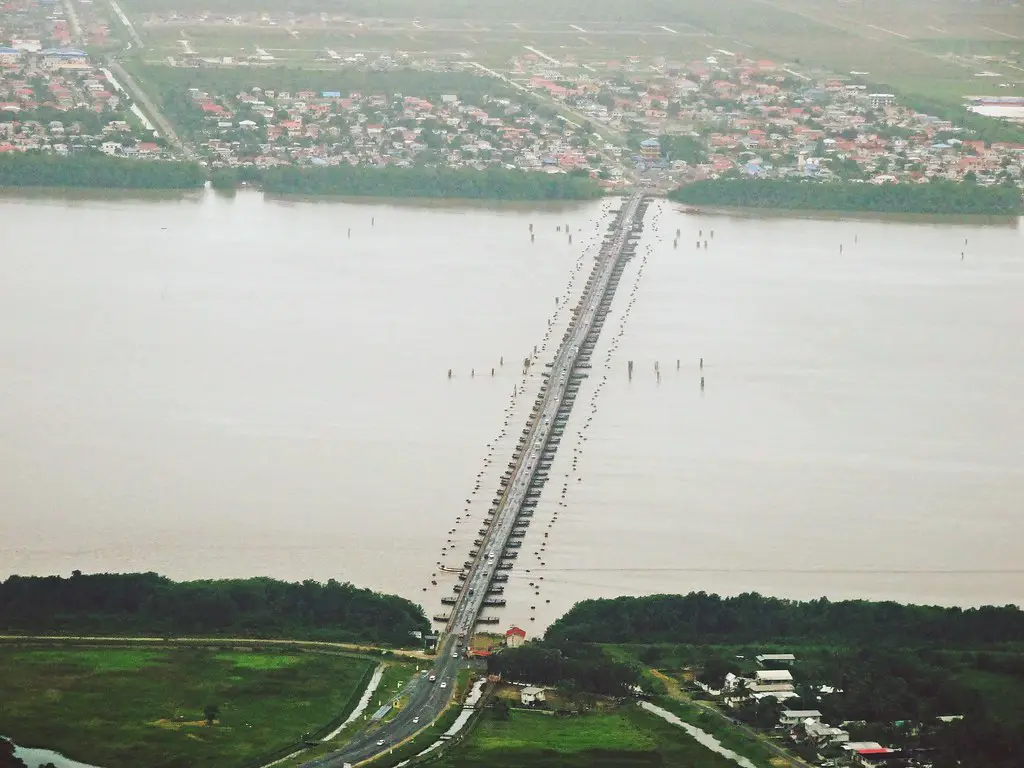
The Demerara Harbour Bridge is a floating toll bridge that spans the Demerara River in Guyana, connecting the country’s capital city of Georgetown to its western regions.
What to see or do: Although primarily used for vehicular traffic, the bridge also offers stunning views of the Demerara River and its surroundings. It’s an impressive feat of engineering and an important transportation link for the region.
Don’t miss: Take a stroll on the pedestrian walkway located on the western side of the bridge to see lovely views of the river and possibly spot some marine traffic passing through.
Insider travel tips: If you happen to be in Georgetown during the early morning or late evening hours, try to catch the bridge opening up to allow large ships to pass through – it’s quite a sight to see.
Additionally, ensure you have enough cash in Guyanese dollars on hand to pay the toll fee.
13. Botanical Gardens – Georgetown
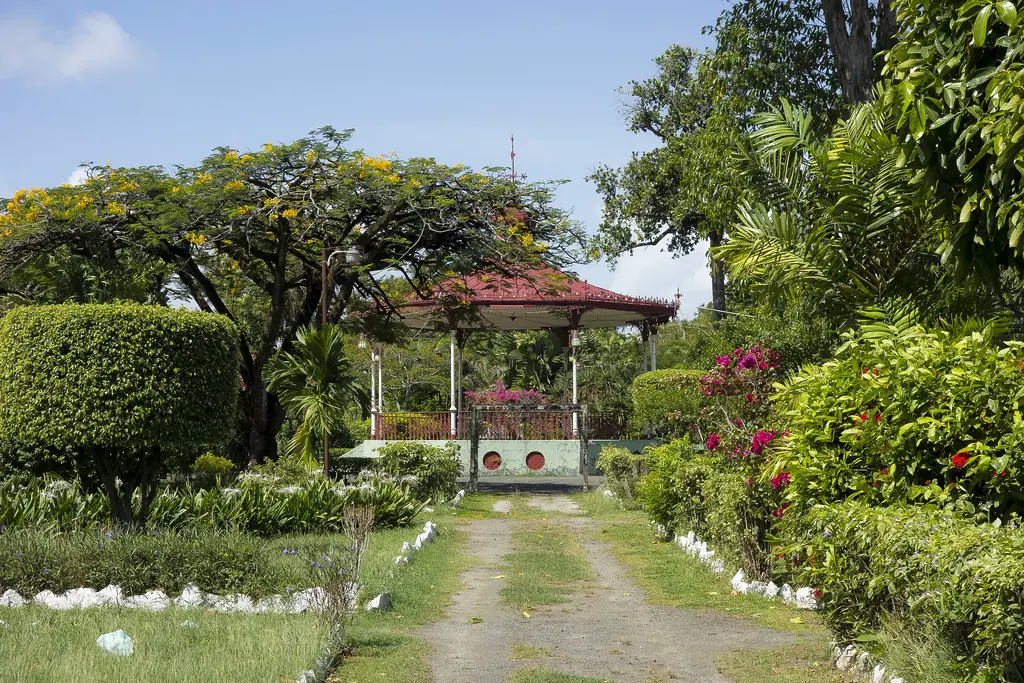
The Botanical Gardens is a beautiful and expansive park in the heart of Georgetown, Guyana.
The park is a haven for nature lovers and enthusiasts, where one can witness an incredible collection of flora and fauna.
What to see or do: Visitors can explore the park’s lush greenery, charming footpaths and some exotic bird species, which makes for a perfect walking tour of the gardens.
Be sure to visit the orchid house which hosts over 200 orchids species. The park is also home to a zoo, with jaguars, tapirs, and birds among others.
Don’t miss: One should not miss the fascinating and rare Victoria Amazonica water lilies in the pond. These gigantic leaves can grow up to 3 meters in diameter and can support the weight of a small child.
Insider travel tips:
14. Hiking to the summit of Mount Pakaraima
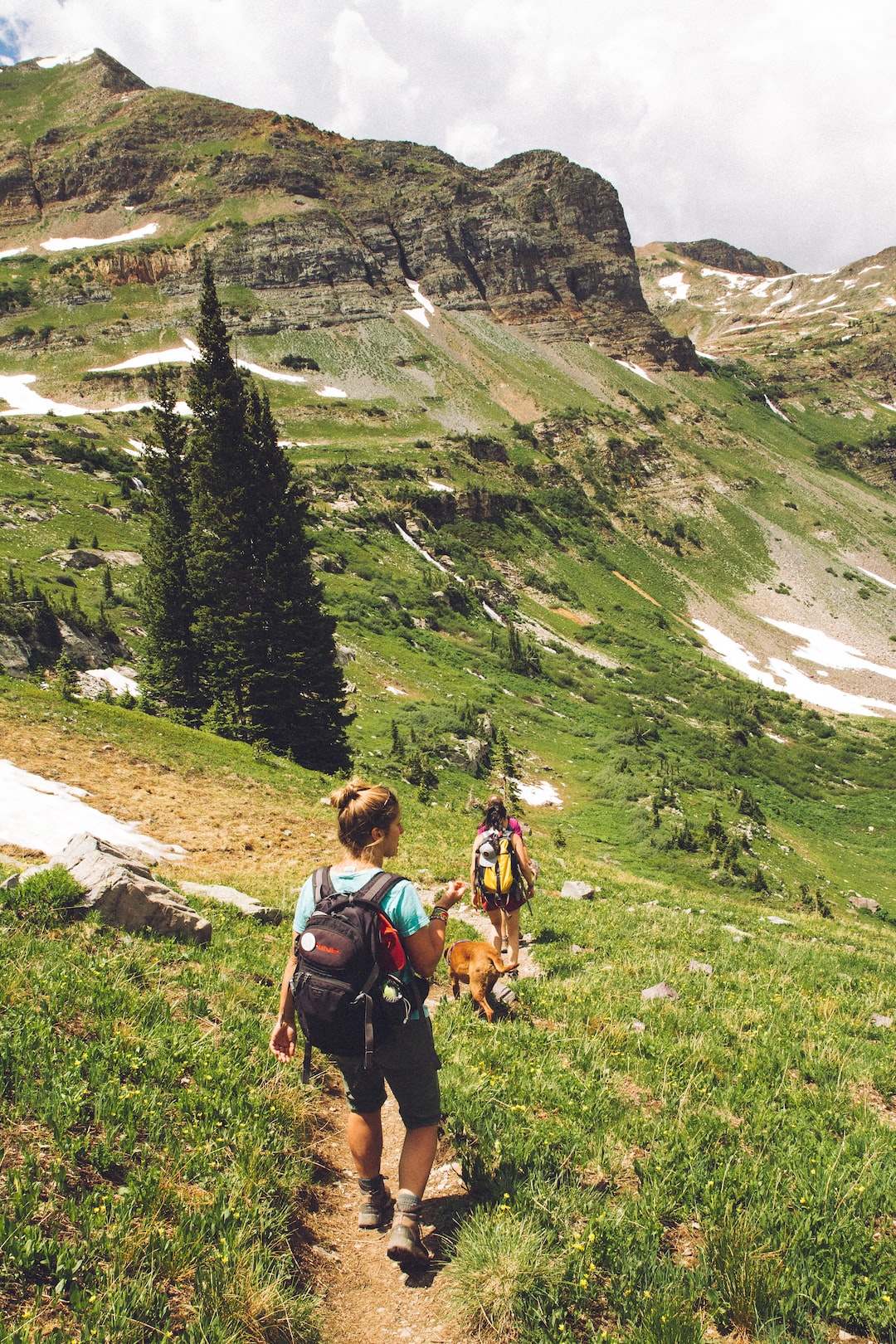
Hiking to the summit of Mount Pakaraima, the highest mountain in Guyana, located in the Pakaraima Mountains.
What to see or do: Hike through the lush rainforest and rocky terrain to reach the summit of Mount Pakaraima with breathtaking views of the surrounding landscape.
Don’t miss: Don’t miss the opportunity to witness the stunning sunrise from the top of Mount Pakaraima, casting vibrant hues over the surrounding valleys.
Insider travel tips: Be prepared for a challenging hike that requires a high fitness level and good hiking gear. It’s recommended to plan a multi-day trip to explore the area around the mountain.
Remember to bring plenty of water, snacks, and sunscreen. Consider hiring a local guide for a safer and more informative experience.
15. Baganara Island Resort
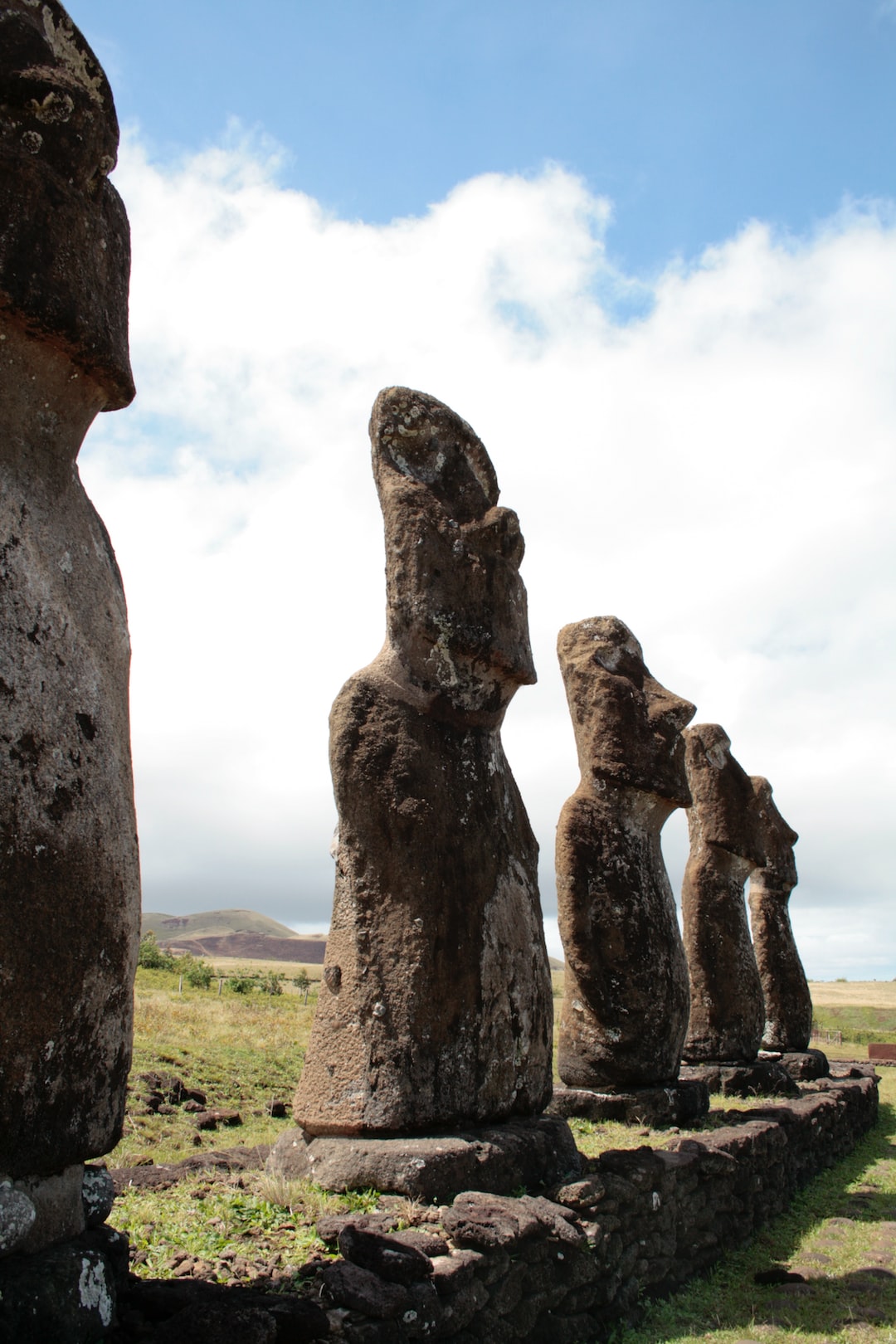
A secluded eco-resort situated on an island in the middle of the Essequibo River in Guyana.
What to see or do: Enjoy the stunning views of the pristine river and rainforest from the comfort of your cabana; take a dip in the refreshing infinity pool or indulge in a massage at the on-site spa; explore the island’s lush trails, birdwatching opportunities, and kayak along the river; visit the nearby local community and learn about their culture and traditions.
Don’t miss: The sunset over the river is not to be missed, it is truly breathtaking. Also, make sure to taste the delicious locally caught fish dishes served in the on-site restaurant.
Insider travel tips: Don’t forget to bring insect repellent as the island is surrounded by dense rainforest. Book early to secure one of the waterfront cabanas for the ultimate island experience.
16. Walter Roth Museum of Anthropology
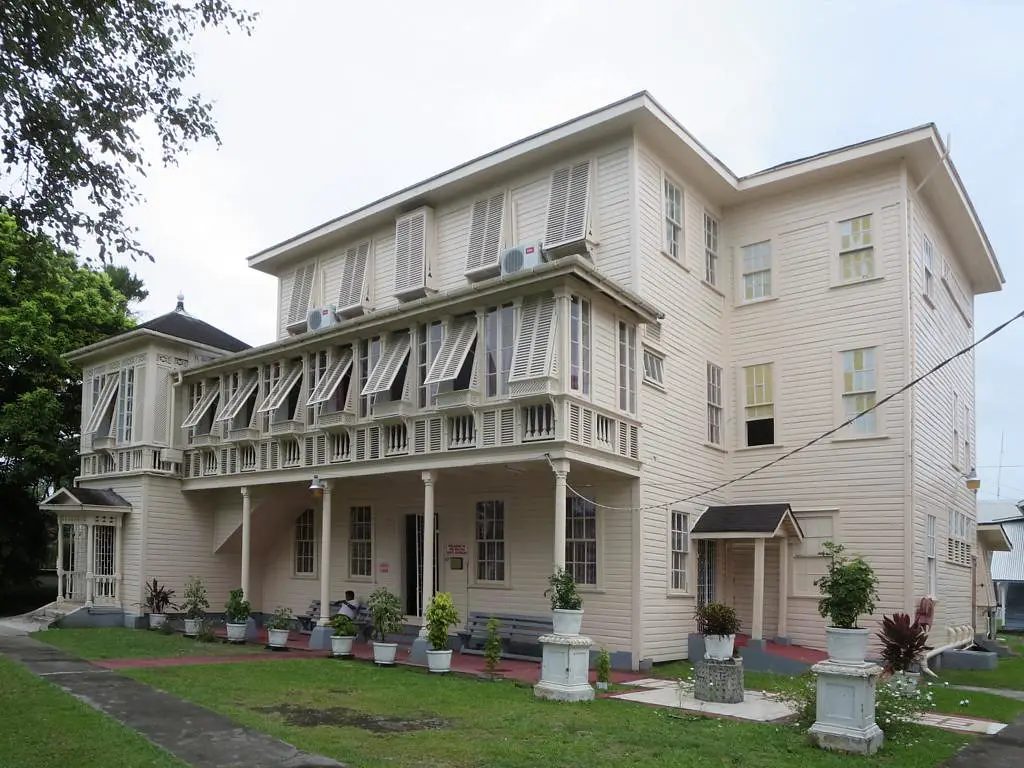
The Walter Roth Museum of Anthropology is a museum located in Georgetown, Guyana, that showcases the culture and traditions of the country’s indigenous peoples.
What to see or do: Visitors can explore exhibits featuring artifacts, photographs, and documents related to the history, customs, and lifestyles of Guyana’s diverse indigenous communities.
The museum also offers educational programs and workshops for both children and adults.
Don’t miss: Be sure to check out the museum’s collection of Amerindian pottery, which includes ceramics from various indigenous groups across Guyana. Additionally, don’t miss the displays highlighting the intricate basketry and weaving techniques of the Wapishana and Macushi peoples.
Insider travel tips: – The museum is closed on weekends and public holidays, so plan your visit accordingly.
17. Berbice River
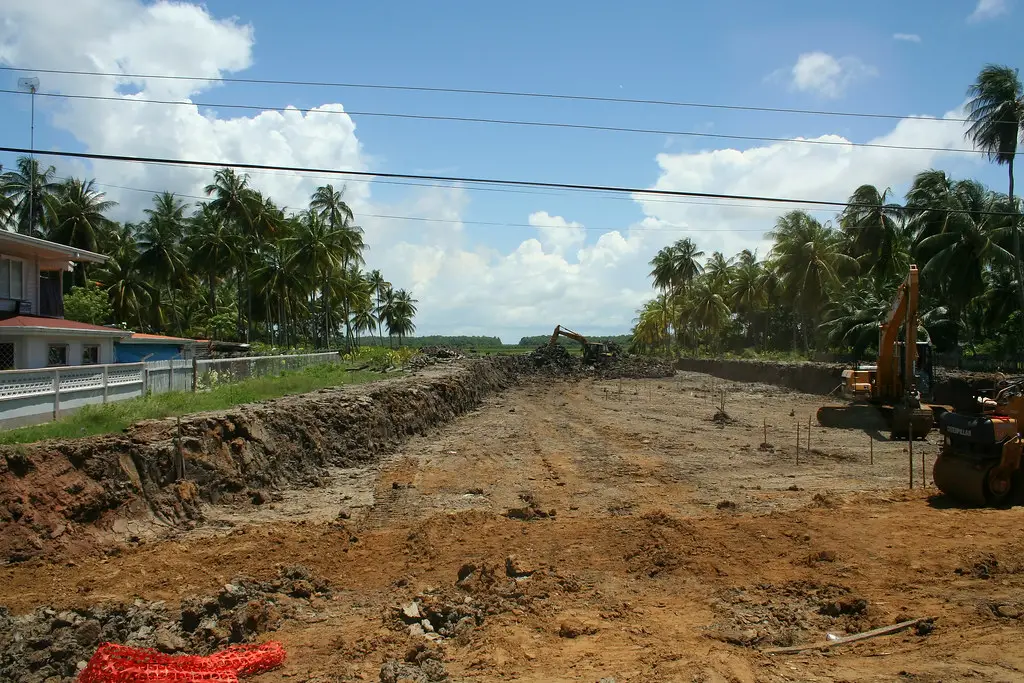
The Berbice River is a major waterway in Guyana, spanning more than 360 kilometers and flowing through lush tropical rainforests and Amerindian communities.
What to see or do: Explore the breathtaking scenery of the Berbice River on a riverboat tour.
Don’t miss: Don’t miss the opportunity to interact with the friendly Amerindian communities that live along the river. They offer a glimpse into traditional lifestyles and crafts and are renowned for their hospitality.
Insider travel tips: Pack a good insect repellent and cover up to avoid mosquito bites and other insect-borne diseases.
18. Lethem
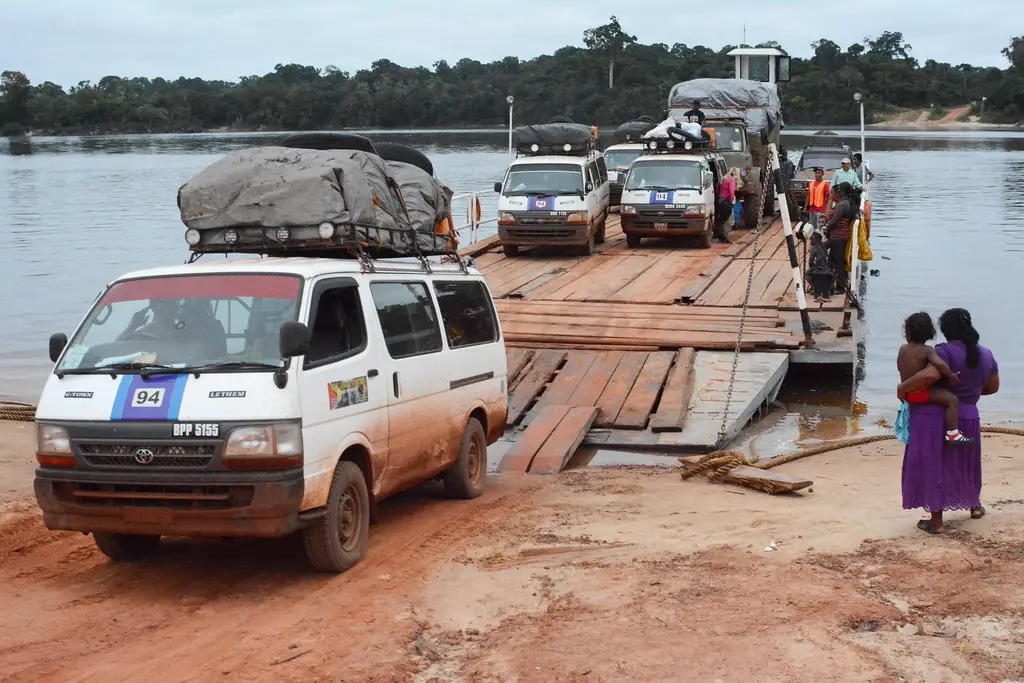
A small town located in the Upper Takutu-Upper Essequibo region of Guyana.
What to see or do: – Visit the Indigenous Village of St.
Don’t miss:
Insider travel tips:
19. Amerindian Village – Rupununi
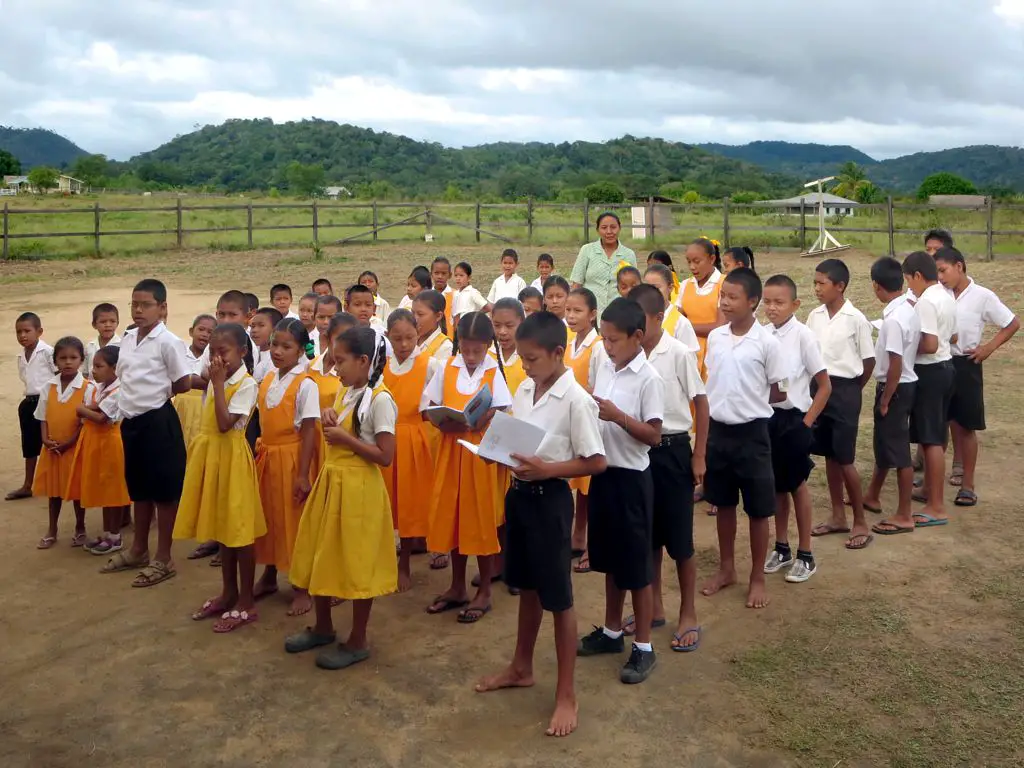
An authentic Amerindian Village located in the Rupununi region of Guyana, offering visitors a glimpse into the unique culture and way of life of the local indigenous communities.
What to see or do:
Don’t miss:
Insider travel tips:
20. Santa Mission
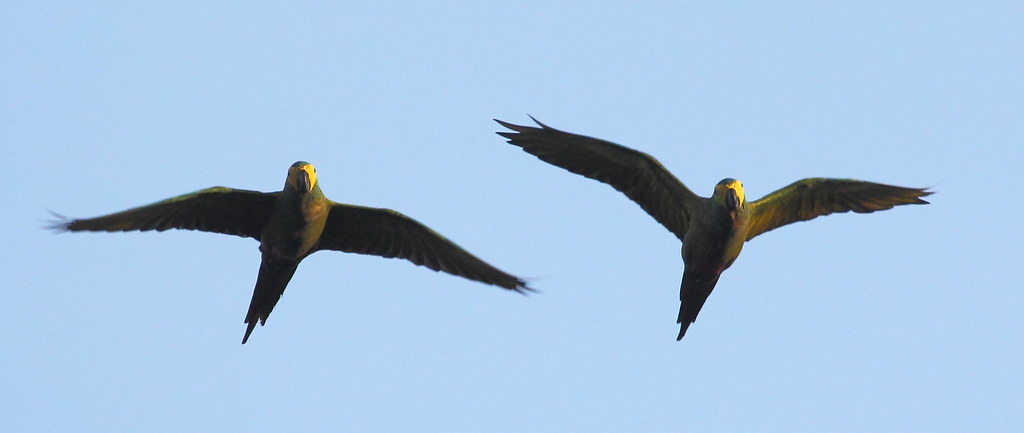
A historic mission established by the Catholic Church in 1842 in the remote interior of Guyana.
What to see or do: Visit the beautifully preserved church, which houses an amazing collection of religious art and artifacts such as gold-leafed statues, antique vestments, and silver chalices.
Explore the mission grounds, which include an old cemetery and a small museum showcasing the history of the mission.
Don’t miss: The annual Santa Mission Festival held every year on August 15th, which is a vibrant celebration of the community’s indigenous culture and Catholic faith.
Insider travel tips: When visiting Santa Mission, it’s best to hire a local guide who can take you there safely and provide insight into the history and culture of the area.
It’s also important to respect the customs and beliefs of the indigenous people who live in Santa Mission and the surrounding area.
Lastly, bring insect repellent and sunscreen, and wear comfortable shoes as the ground can be uneven.
21. Splashmin’s Fun Park and Resort
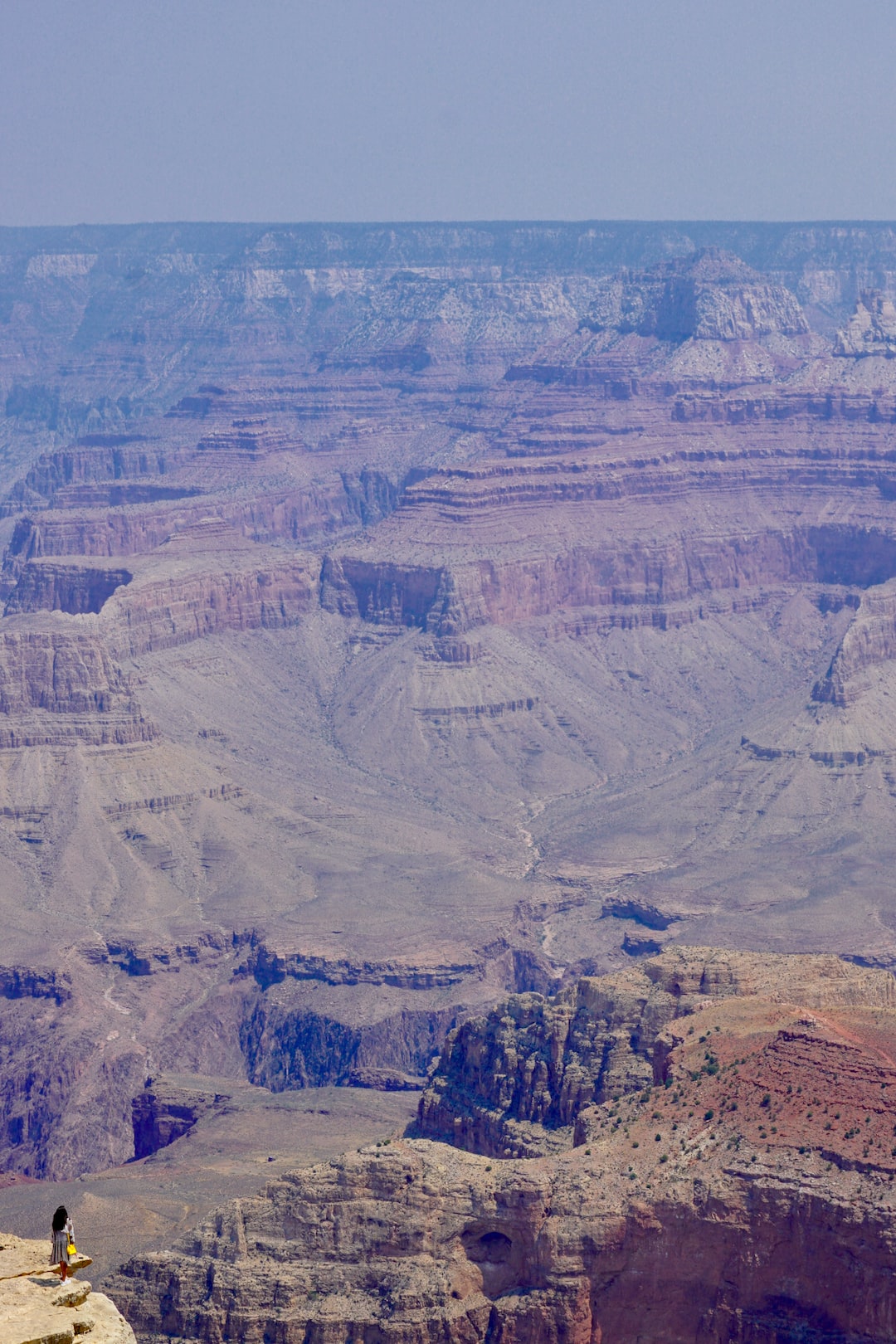
Splashmin’s Fun Park and Resort is a popular eco-tourism destination located in Guyana, situated just a 45-minute drive from Georgetown.
What to see or do: The park boasts a wide array of fun activities, including a water park with water slides, a wave pool, and lazy river; an adventure park with zip line and aerial ropes course; a petting zoo with exotic animals; and a botanical garden with over 600 species of flora.
Don’t miss: One of the highlights of Splashmin’s Fun Park and Resort is the stunning Kaieteur Falls, which is just a short helicopter ride away.
Visitors can also book a boat tour of the Essequibo River, which offers breathtaking views of the Guyanese jungle.
Insider travel tips: – Plan your visit during the dry season (September to November) to ensure the best weather conditions for outdoor activities.
22. D’Urban Park – Georgetown
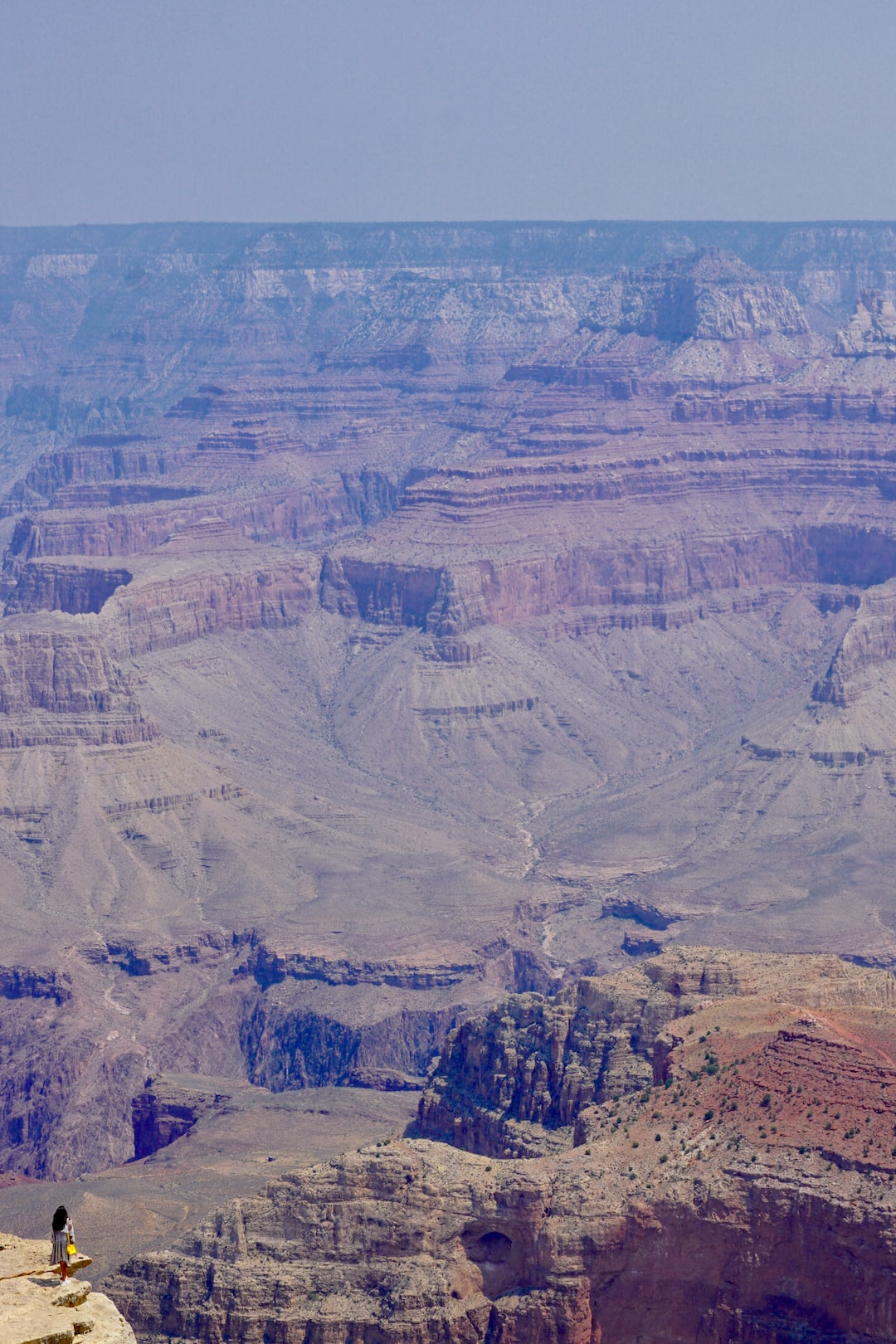
D’Urban Park is a public park located in Georgetown, the capital city of Guyana. It is a popular spot for locals and tourists alike.
What to see or do: The park boasts an impressive man-made lake and several walking trails, making it a great place to relax and take in some fresh air.
Visitors can also enjoy various sports facilities such as a football field and a basketball court. Additionally, the park hosts several events throughout the year, including concerts, festivals, and sporting events.
Don’t miss: One of the park’s most notable features is the 85-foot tall steel sculpture known as the “Sacrifice,” which was designed by Guyanese artist Philip Moore.
It is a tribute to Guyana’s slaves and celebrates the country’s African heritage.
Insider travel tips: – Visit the park early in the morning to enjoy cooler temperatures and avoid the crowds.
23. Linden
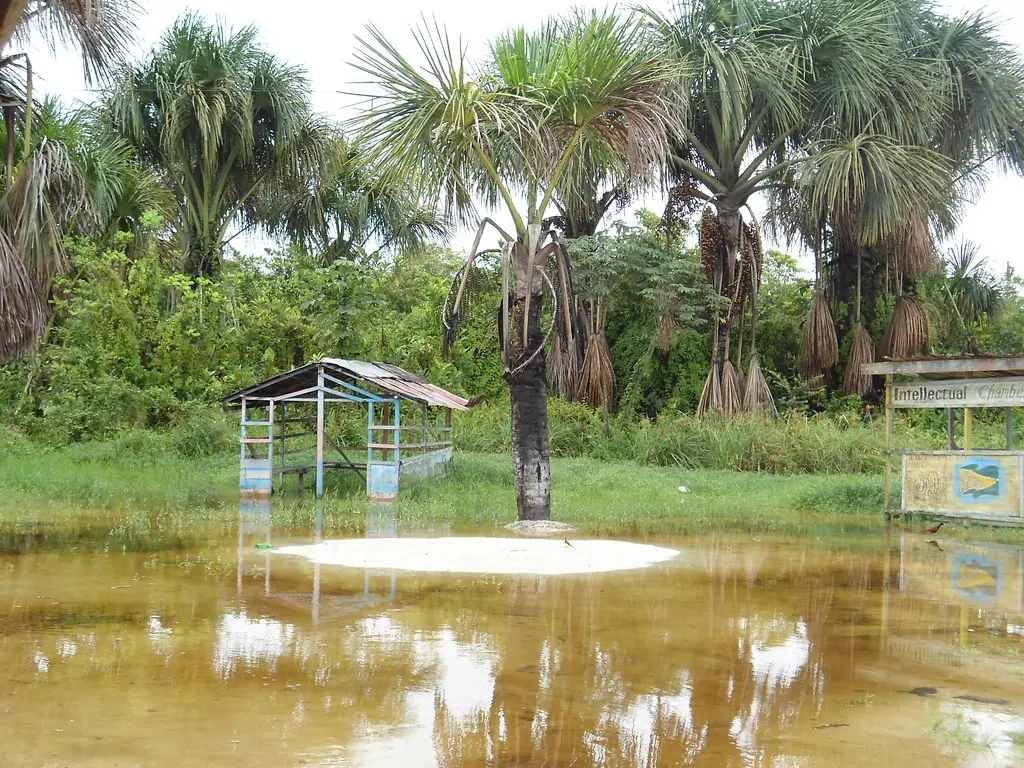
A town located in the Upper Demerara-Berbice region of Guyana, known for its bauxite mining industry.
What to see or do: – Take a tour of the Linden Museum of Socio-Cultural Heritage to learn about the local history and culture.
Don’t miss: – The botanical gardens in Watooka, which feature a variety of local plants and flowers.
Insider travel tips: – Be prepared for hot and humid weather, with plenty of sunscreen and water.
24. Fort Island
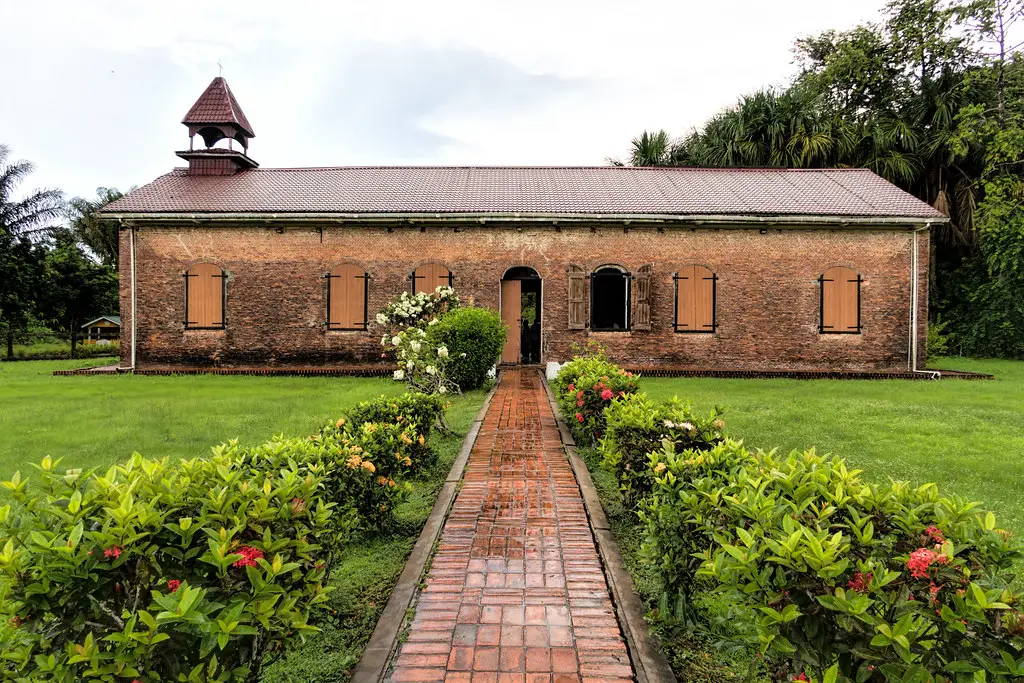
Fort Island is a small island located in the Essequibo River in Guyana, South America.
What to see or do: Explore the remnants of Fort Zeelandia, an old Dutch fort built in the 17th century.
Don’t miss: The breathtaking views of the sunset over the river, which can be seen from the island.
Insider travel tips: Bring mosquito repellent as the island can be quite buggy.
25. Wakenaam Island
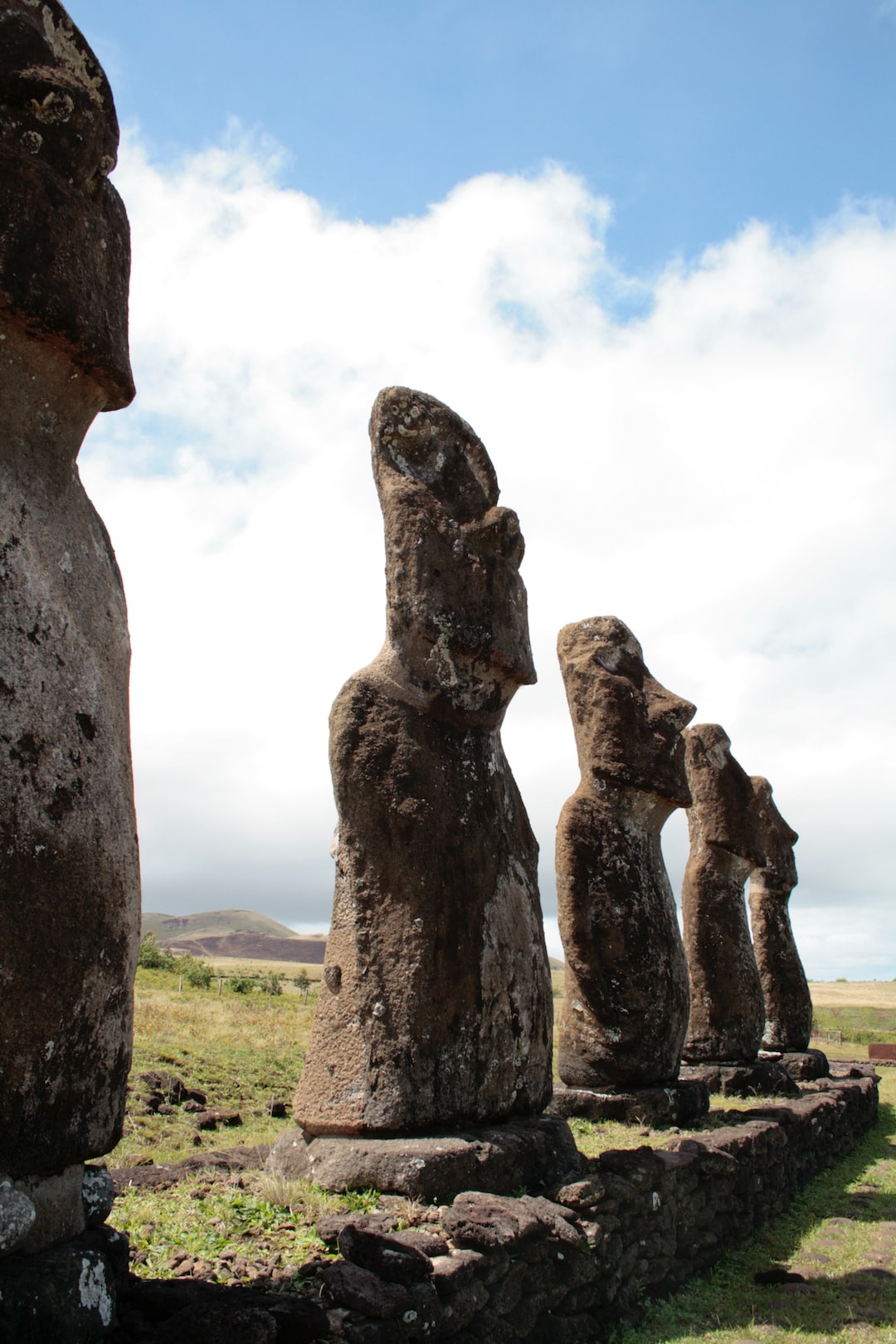
Wakenaam Island is one of the largest islands in the Essequibo River in Guyana, known for its natural beauty and rich cultural heritage.
What to see or do: Take a scenic boat ride on the river, explore the island’s lush green forests, visit the historic St. Peter’s Anglican Church built in the early 19th century, and learn how to make traditional Guyanese handicrafts.
Don’t miss: The annual Wakenaam Easter Regatta, a lively boating and cultural festival that attracts visitors from all over the country.
Insider travel tips: – Visit the island during the dry season (January to April) for the best weather and sightseeing.
26. Port Kaituma
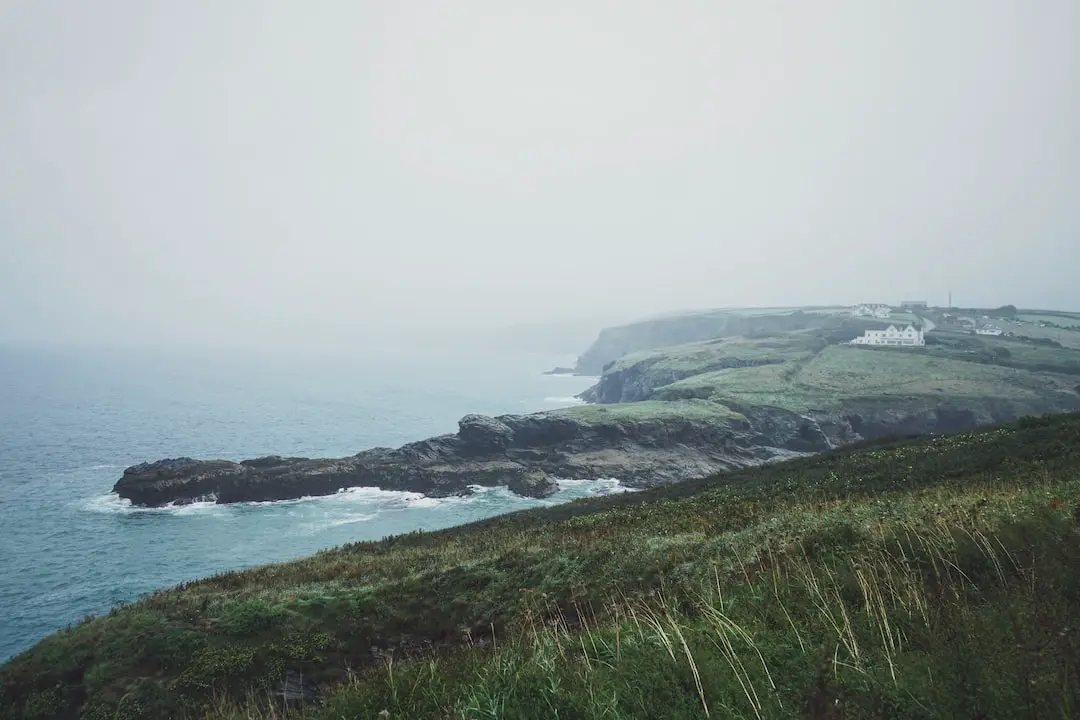
Port Kaituma is a remote village located in the Barima-Waini region of Guyana, primarily accessible by boat or small aircraft.
What to see or do: The village serves as a gateway to Guyana’s interior and is surrounded by dense rainforests, rivers, and waterfalls. Visitors can enjoy nature walks, bird watching, and fishing in the nearby rivers.
Don’t miss: A visit to the nearby Amerindian village of Sebai, where visitors can learn about the indigenous heritage and culture of Guyana.
The village is also known for its traditional handicrafts, including baskets and woven hammocks.
Insider travel tips: Visitors should be prepared for the remote and rugged nature of this region, including limited access to modern amenities. It’s important to bring adequate supplies, including insect repellent and sunscreen.
Visitors can also arrange tours and transportation through local tour operators or guesthouses in the area.
27. Bartica
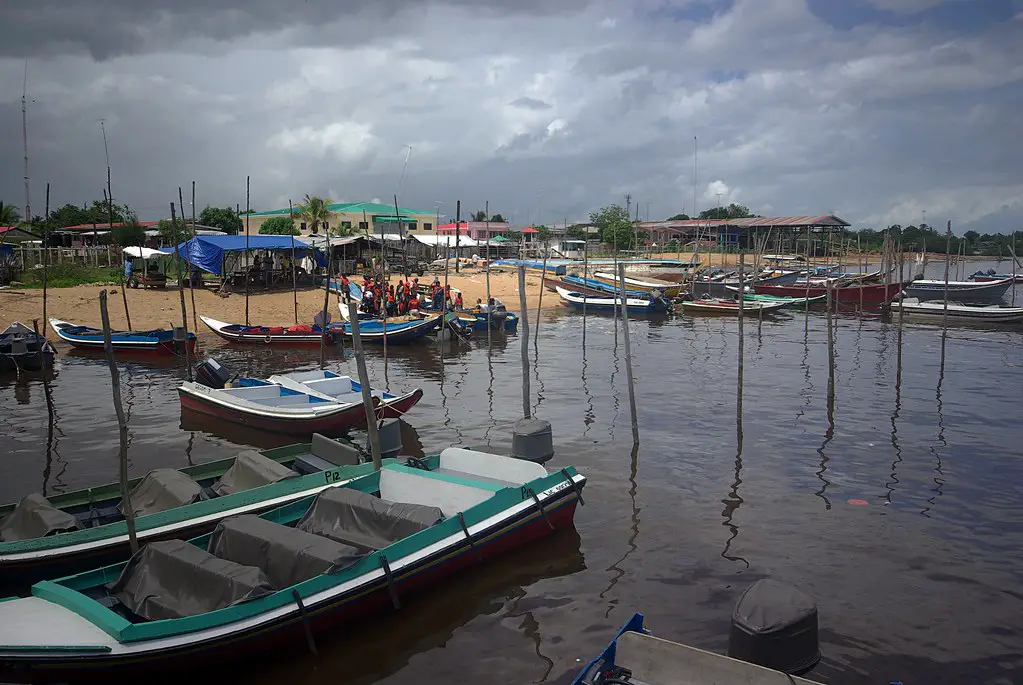
A town located at the confluence of the Essequibo and Mazaruni rivers in Guyana.
What to see or do:
Don’t miss:
Insider travel tips:
28. Kaieteur National Park
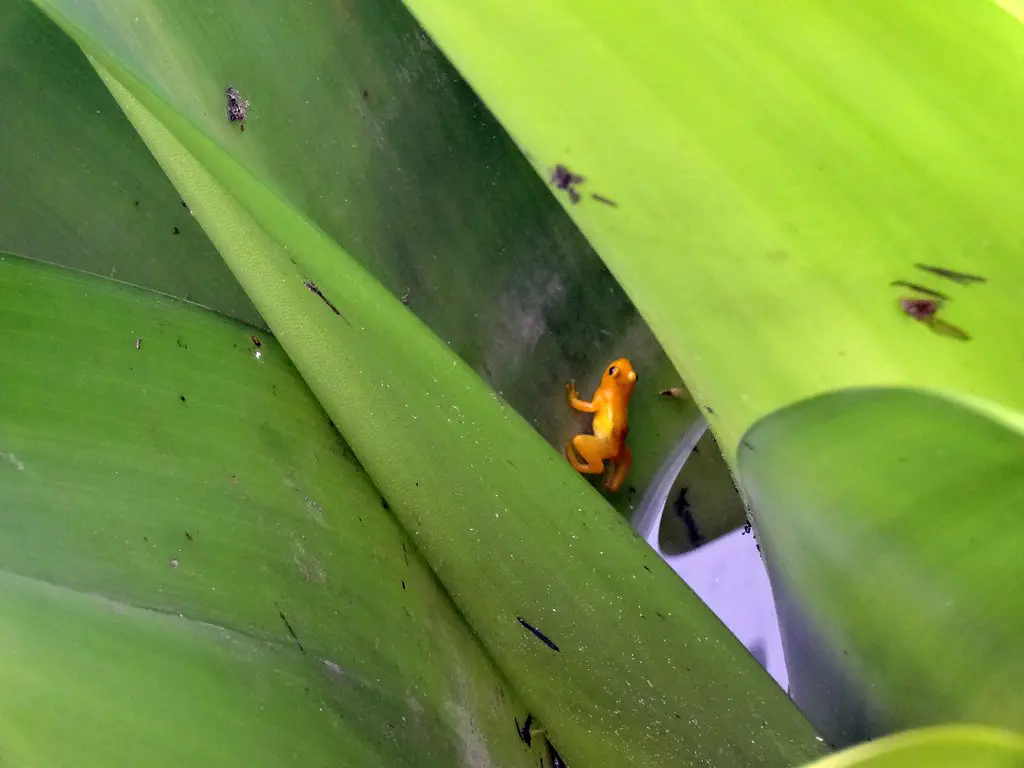
Kaieteur National Park is a protected area in Guyana that lies in the heart of the Guiana Shield, one of the world’s oldest and most pristine natural landscapes.
What to see or do: The park is home to the world-renowned Kaieteur Falls, one of the tallest single-drop waterfalls on Earth.
Visitors can take guided tours to witness the awe-inspiring falls and explore the surrounding rainforest that is bursting with exotic flora and fauna.
Don’t miss: Make sure to take in the spectacular views of the Kaieteur Falls from different vantage points. The breathtaking scenery and the sights and sounds of the rainforest are not to be missed.
Insider travel tips: Be prepared for a strenuous hike as the trails are rugged and steep. Pack plenty of water, sunscreen, and insect repellent.
For a unique experience, take a guided night tour to witness the stunning bioluminescence of the surrounding flora and fauna.
29. Aruwai White H2O Resort

A luxurious eco-resort in the heart of Guyana’s rainforest, built around natural hot springs.
What to see or do: Take a dip in the hot springs, go on a guided jungle walk, birdwatching, canoeing, or fishing in the nearby river.
The resort also offers yoga classes and a spa.
Don’t miss: The chance to try local cuisine and learn about indigenous cultures. The resort offers cooking classes and cultural sessions.
Insider travel tips: Make sure to bring insect repellent and comfortable hiking shoes. The hot springs can get crowded, so try to go at off-peak times.
Also, keep your eyes peeled for wildlife sightings!
30. Rupununi Savannas
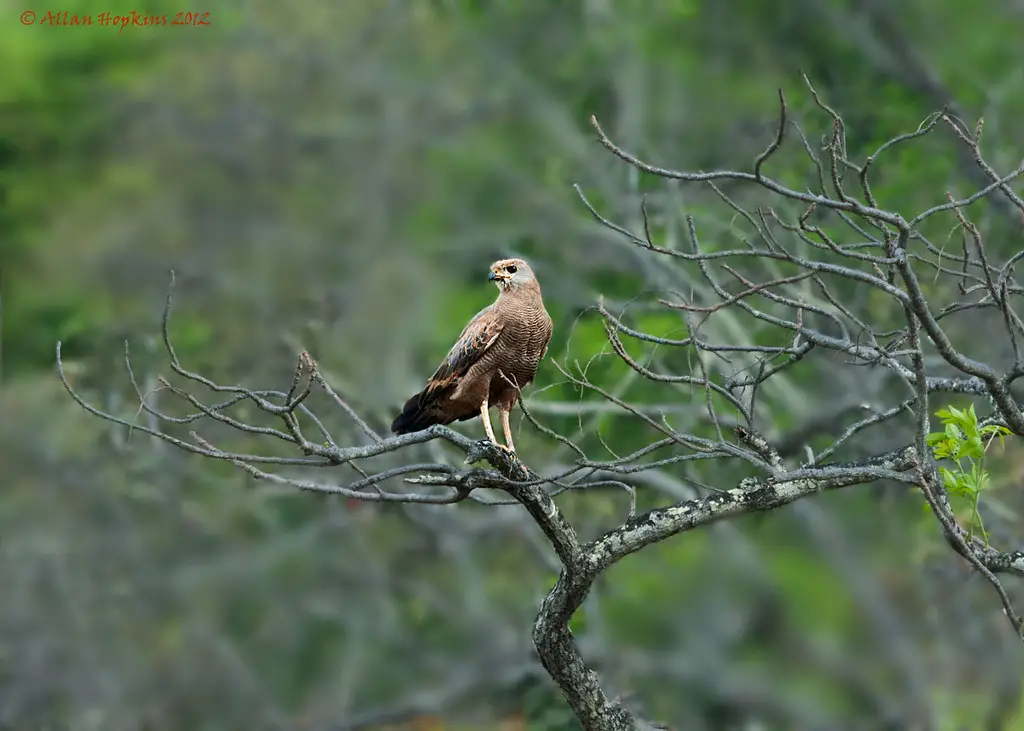
A vast region of grasslands and forests in southern Guyana, bordered by the Kanuku Mountains and the Brazilian border.
What to see or do: Explore the sprawling savannas, home to a variety of wildlife including jaguars, giant anteaters, and giant otters.
Visit indigenous villages and learn about their culture and way of life, or take a boat trip down the Rupununi River and spot caimans and river otters.
Don’t miss: The annual Rupununi Rodeo, held in Lethem each August, where cowboys showcase their skills in barrel racing, bull riding, and more.
Insider travel tips: Bring plenty of insect repellent as mosquitoes and other biting insects are abundant in the region. Hire a local guide for wildlife spotting and to learn about the indigenous communities.
Avoid visiting during the rainy season (May-June and December-March) when the roads can become impassable.